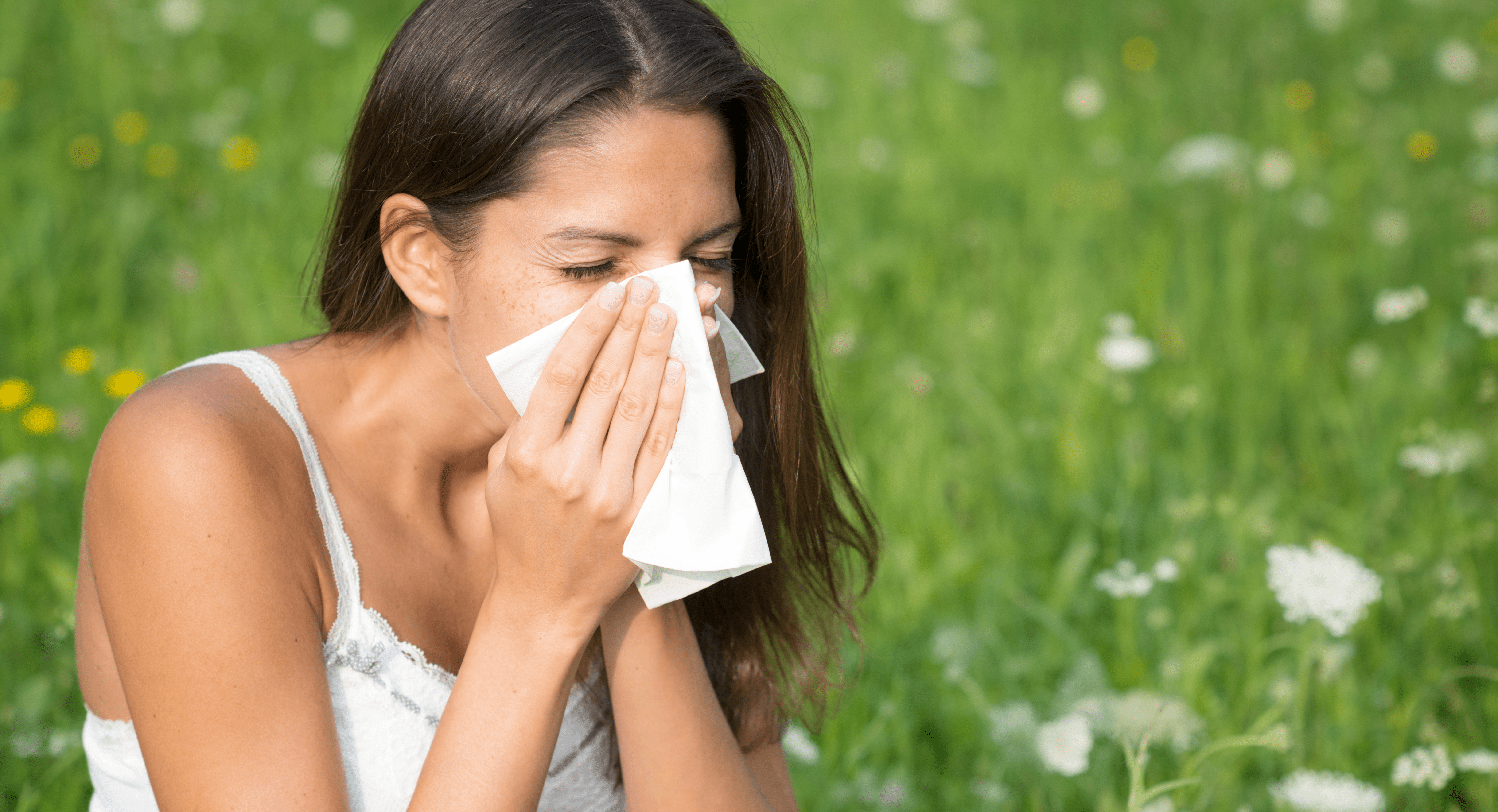
Spring cleaning is part of the traditional hygiene routine in schools for a good reason: it helps improve internal air quality after windows have been closed and dust has been allowed to accumulate over the winter, it rids classrooms and communal areas of seasonal pathogens, and it removes dust and other allergens that can cause allergic reactions in staff and pupils.
Spring Clean Or Year-Round Cleaning?
Some schools have replaced seasonal deep cleaning with a more general hygiene routine across the year. The reason behind this change is to spread the labour and resources invested in cleaning to make it more manageable and less time-consuming across the year, and to sustain an overall higher level of cleanliness and hygiene.
However, in our experience, the best results come from combining both approaches – and by using the best commercial cleaning supplies, you can maximise the impact of your cleaning strategy and minimise the health and hygiene risks faced in your school both in the spring and throughout the year.
Why Is Spring Cleaning Important For Schools?
Indoor environments are problematic for allergies. Children and staff in schools are exposed to a wide variety of potential allergens, including pollen, chalk dust, pathogens, dust mites, and hair and dander brought in from other people’s pets. It’s a potent brew for people with allergies.
Over the winter, with windows closed and the same allergens continually recirculated through the air conditioning and heating system, the level of potential allergens can increase to a dangerous level for people who suffer with allergies.
Antibodies And Immune Response
Every time the body encounters a trigger particle, it stimulates an immune response by creating antibodies. This is designed to protect the human body from bacterial and viral infections that could cause illness. In particular, the IgE antibody is produced to protect our bodies against parasites, such as dust mites.
In people with allergies, the immune response is triggered in error, producing a reaction to a particle – such as plant pollen – that doesn’t present a genuine threat. The classic symptoms of hay fever, including blocked or runny nose, swollen eyes, and wheezing, are very similar to those of the common cold. This is because cold symptoms are not actually produced by the virus itself, but by the body’s immune response to it. It’s the same with hay fever and allergies, and the result can be debilitating. Some people with severe allergies experience acute respiratory attacks that may lead to hospitalisation, and they may even be at risk of anaphylactic shock.
Continual exposure to allergens and the creation of antibodies exhausts the immune system, making people vulnerable to other illnesses. It needs time to recover in order for the body to reduce inflammation and regain a healthy balance.
How Is This Connected To Spring Cleaning?
The accumulation of allergy triggers in schools over the winter creates an unhealthy environment for children with allergies. If these triggers aren’t removed, staff and pupils are at greater risk of general ill-health over the spring and summer, from worse hayfever, colds, and respiratory conditions.
So spring cleaning isn’t just an old-fashioned nicety. By deep cleaning your learning environment, you’re giving your pupils’ immune system space to recover, so that their health and general well-being is improved over the summer months – with better learning outcomes and fewer absences.
Next Steps - Sign Up For A Trade Account And Access Exclusive Special Offers, Wholesale Prices, And Credit Terms
At Power Hygiene, we stock a wide range of commercial cleaning equipment and supplies to make it faster and cheaper to carry out your school spring clean. To access our discounted prices and full product catalogue, please fill in our trade application form, and one of our wholesale specialists will get in touch with you shortly. For any questions, please call our wholesale team on 0800 011 9264.
Image source: Canva



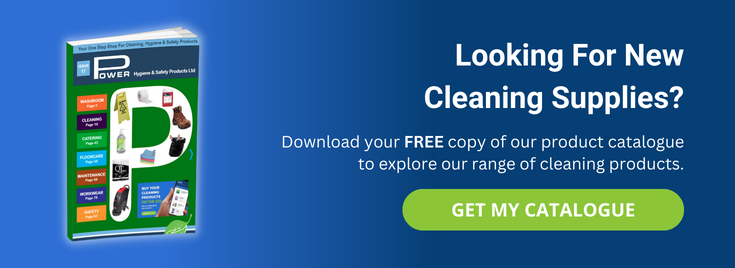
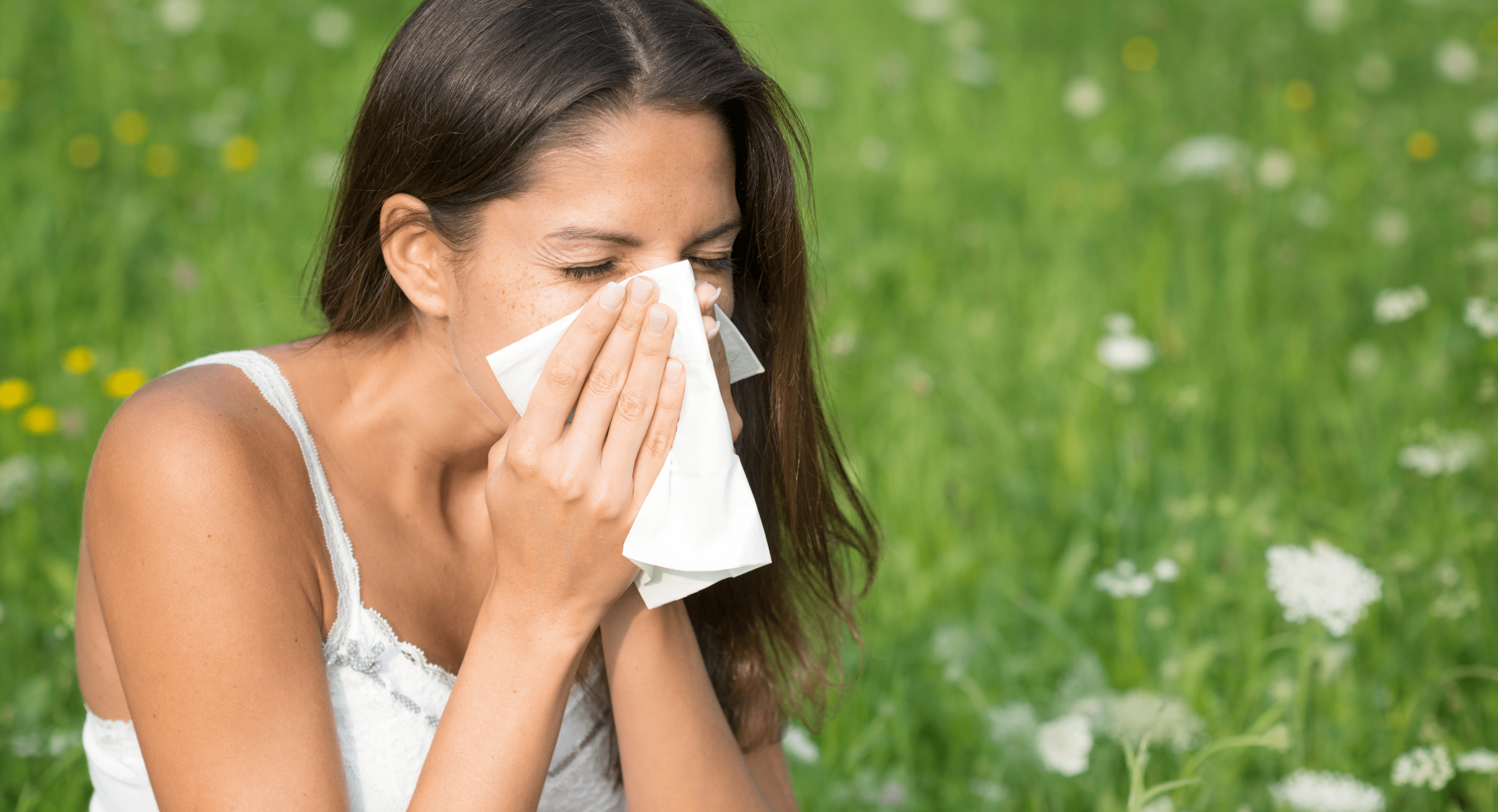
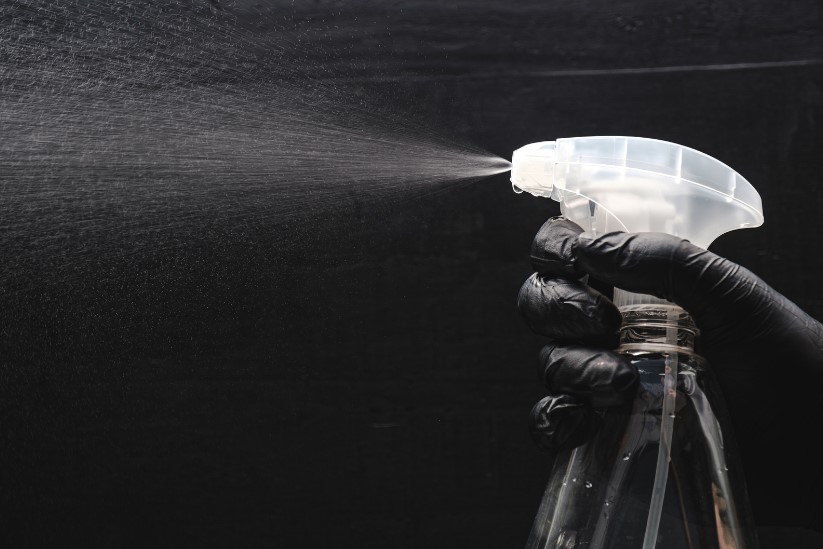
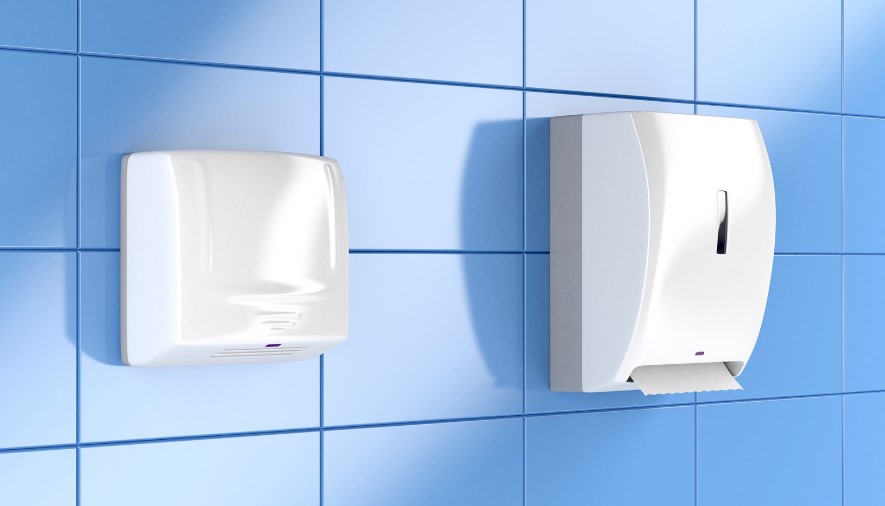
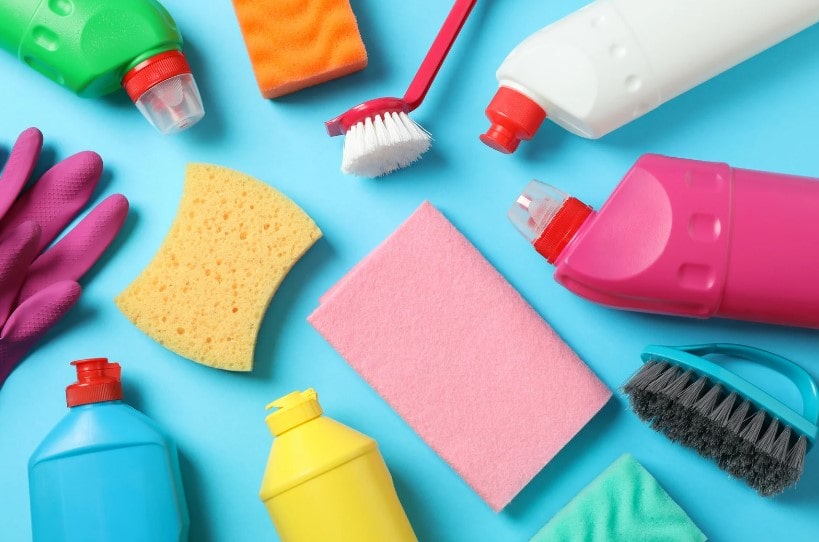
Leave a Comment